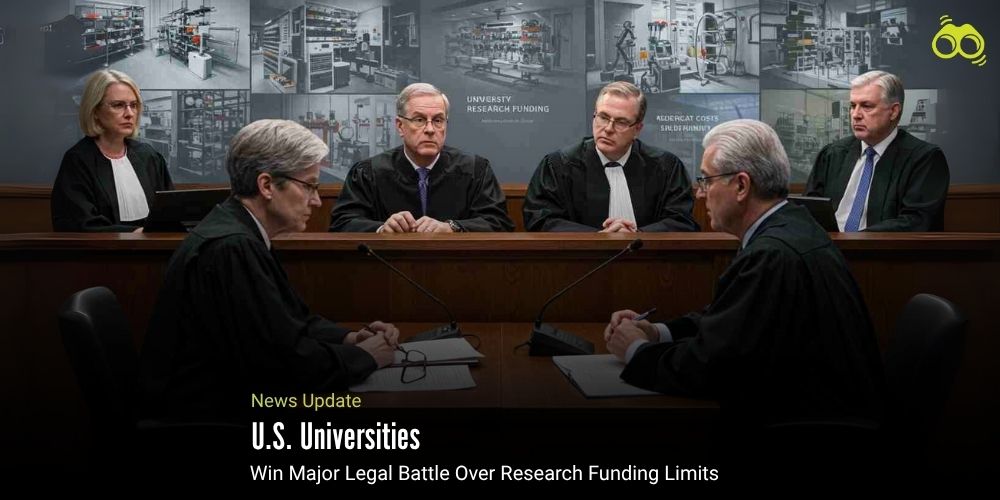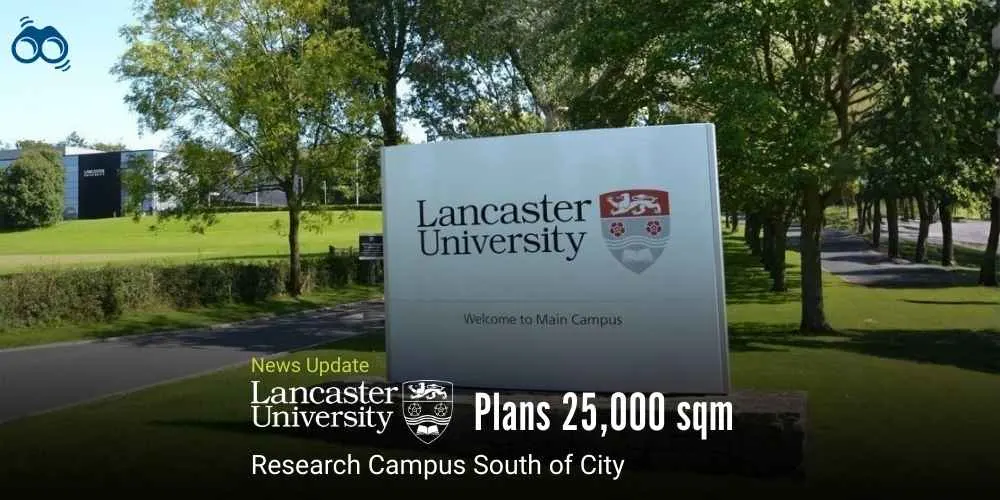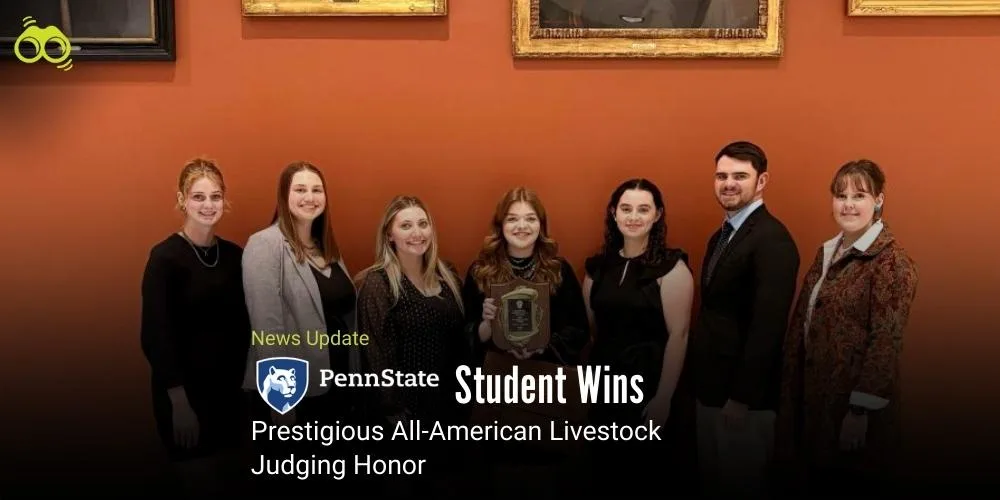Research Autonomy Affirmed: U.S. Universities Secure Third Legal Win on Federal Funding
MIT, Cornell, and Brown Lead Victory Against NSF’s Indirect Cost Limit
In a significant legal decision with wide-ranging implications for research funding in the United States, several prominent academic institutions, including Brown University, Cornell University, and the Massachusetts Institute of Technology, successfully contested a federal cap imposed by the National Science Foundation (NSF) on indirect cost rates for government-funded research projects.
The ruling, delivered by Judge Indira Talwani of the U.S. District Court for the District of Massachusetts, declared the NSF-imposed 15 per cent cap “arbitrary, capricious, and contrary to the law.” Consequently, the court granted summary judgment in favour of the universities and the Association of American Universities (AAU), while rejecting the federal government’s counterclaim for relief. Although the institutions had also sought injunctive relief, the judge dismissed that request as moot. This ruling marks the third legal victory in 2024 for American universities challenging federal agency decisions on research funding, following earlier successes against the National Institutes of Health and the Department of Energy. A related case involving the Department of Defence remains pending.
According to the court’s findings, the 15 per cent cap did not affect existing grants; however, the plaintiff institutions had thousands of pending NSF proposals, based on previously negotiated rates, amounting to tens of millions of dollars. Judge Talwani noted that enforcing the cap could result in layoffs of specialised researchers, staff attrition, and significant disruption to institutional planning and operations. Moreover, the policy risked undermining academic pipelines by forcing a reduction in graduate and trainee positions.
This judgement followed the federal government’s announcement on 16 May to pause implementation of the cap, prompting the court to cancel a scheduled hearing. The lawsuit—filed on 5 May by the AAU and the universities—argued that the NSF’s blanket cap was “clearly unlawful” and lacked statutory authority. In support of their case, the plaintiffs cited 41 U.S.C. § 4708, pointing to Congress’s longstanding authorisation of predetermined, fixed-percentage reimbursements for indirect costs. They contended that the NSF had overstepped its mandate by imposing a one-size-fits-all rule that could destabilise research operations nationwide.
Furthermore, the plaintiffs maintained that the cap contravened regulations set by the Office of Management and Budget (OMB), which are intended to allow federally funded institutions to recoup actual operational costs. A motion for injunction, submitted on 8 May, warned that the cap could inflict irreparable harm on educational and research missions by halting or severely disrupting essential research initiatives.
In response, the U.S. government filed its opposition on 27 May, contending that the cap fell within the NSF’s discretionary powers under the National Science Foundation Act. It also challenged the plaintiffs’ legal standing, arguing that no existing grants had been affected. In total, thirteen prestigious universities joined the lawsuit, including the University of California, Carnegie Mellon University, the University of Chicago, the University of Michigan, the University of Pennsylvania, and Princeton University. This ruling not only reinforces institutional autonomy in federal research partnerships but may also shape future policies affecting the financial viability of academic research in the United States.
Editor’s Note:
The recent federal court decision in favour of several major U.S. universities against the National Science Foundation’s cap on indirect cost rates is an important moment in the discussion around research funding and university independence. At its heart, the ruling reinforces the idea that funding rules must follow the law, respect existing systems, and take into account how modern research institutions operate. This judgment affects more than just the universities involved; it raises broader questions about how federal agencies and research institutions work together. Clear, fair, and collaborative policy-making is key to supporting a strong and lasting research environment in the United States.
As per Skoobuzz, as universities continue to drive innovation and scientific discovery, it is important that funding policies are designed thoughtfully and legally. They must reflect the role that research institutions play in advancing knowledge and contributing to national and global progress.














0 Comments (Please Login To Continue)